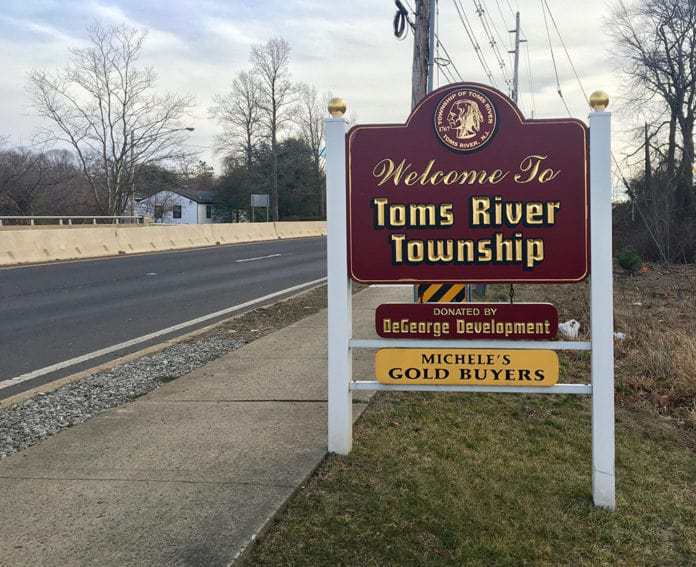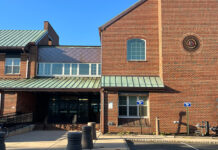
In 2017, Toms River celebrated its 250th anniversary – the founding of our town in 1767, nine years before American independence was declared. It’s a colonial-era story, an 18th century story.
But what of those years after our founding? How did our town grow after its creation? That’s a 19th century story.
Just A Small, Isolated Resort Town?
With the closing of Cranberry Inlet in 1812 due to a nor’easter storm, Toms River grew ever so slowly in the first half of the 1800s. The inlet had provided easy access to Toms River from the ocean and helped make the village a thriving hub of commerce in the late 1700s. Indeed, this is one of the reasons the British attacked Toms River in 1782.
In 1810, the town’s population was 1882. By 1850 – the year Ocean County was created and Toms River was designated as the county seat – the population had grown modestly to just 2,385. There were several reasons for this: the creation of Jackson Township out of our township in 1844, the move west by Mormons in the early 1800s (we had a sizeable Mormon population here), and the closing of the inlet which stagnated growth.
Would our township, then known as Dover Township, be forever destined to be just a small, isolated resort town centered in the village of Toms River?
150 Years Ago
In those days after the American Civil War, the lumber and charcoal industries – so vital to the township’s colonial economy – became less important.
Our town was changing.
Inland, cranberry cultivation grew in importance. Along the coast, the barrier island began to be populated and lifesaving stations were built.
150 years ago, in 1869, our local newspaper, the New Jersey Courier, listed the town’s needs:
“We want a town clock.
We want a steamboat to New York.
We want a larger school house.
We want a public library.
We want free public schools.
We want the village of Toms River to be incorporated.
We want a rail road along the shore.”
Only the schools and library were ever built.
A central story of 19th century Dover Township is that of support for schools.
In 1870, $4000 was raised by the village’s residents to build a schoolhouse.
In 1871, New Jersey’s free public school law went into effect. Since 1832, however, Dover Township had had a local “school committee” to support schooling of local children.
And in 1891, Toms River saw its first graduating class.
The Late 1800s
In 1890, the Courier published an editorial and said that our town needed several things:
“A ship canal from the Delaware to Toms River to make the village a strategic port from New York to Philadelphia.
A branch rail road from Lakewood to the Toms River village.
Large hotels for accommodating both summer and winter guests.
An incorporated government for the village of Toms River.
A fire department that could save our property from destruction in case of fire.
Lots of manufacturing establishments to utilize our splendid water power.
Capitalists to put up houses and boom the town for all its worth.”
And in 1891, the Courier again said what it thought the town still needed:
“Better roads.
Good sidewalks and curbs.
Better water supply.
Fire apparatus.
Street lamps.
Gas works.
Electric plant.
Public wharf.
New rail road stations.
Clean streets.
Better schools.”
In 1895, our population was 2,580. In 1896, the first organized volunteer fire company was formed. And as we turned the corner into the 20th century, in 1905, a local board of trade was created.
The Nineteenth Century
As we look back on the 19th century in our township, it was marked by slow and steady growth. The pleas for improvements by the local newspaper: some were made, some were not.
It would not be until the next century when enormous change would come to our township – making it the community that we know today.
NEXT: The first years of the 20th century
SOURCES: “The History of the Public Schools of Dover Township, N.J. From 1900 Through 1955, a Thesis” by Donald F. Martin, 1957, N.J. State Library; “The Dover Town Book 1783-1861”; “Ocean County: Four Centuries in The Making” by Pauline S. Miller; the U.S. Census.
J. Mark Mutter is the former Toms River Clerk and chaired the township’s 225th and 250th anniversary committees






